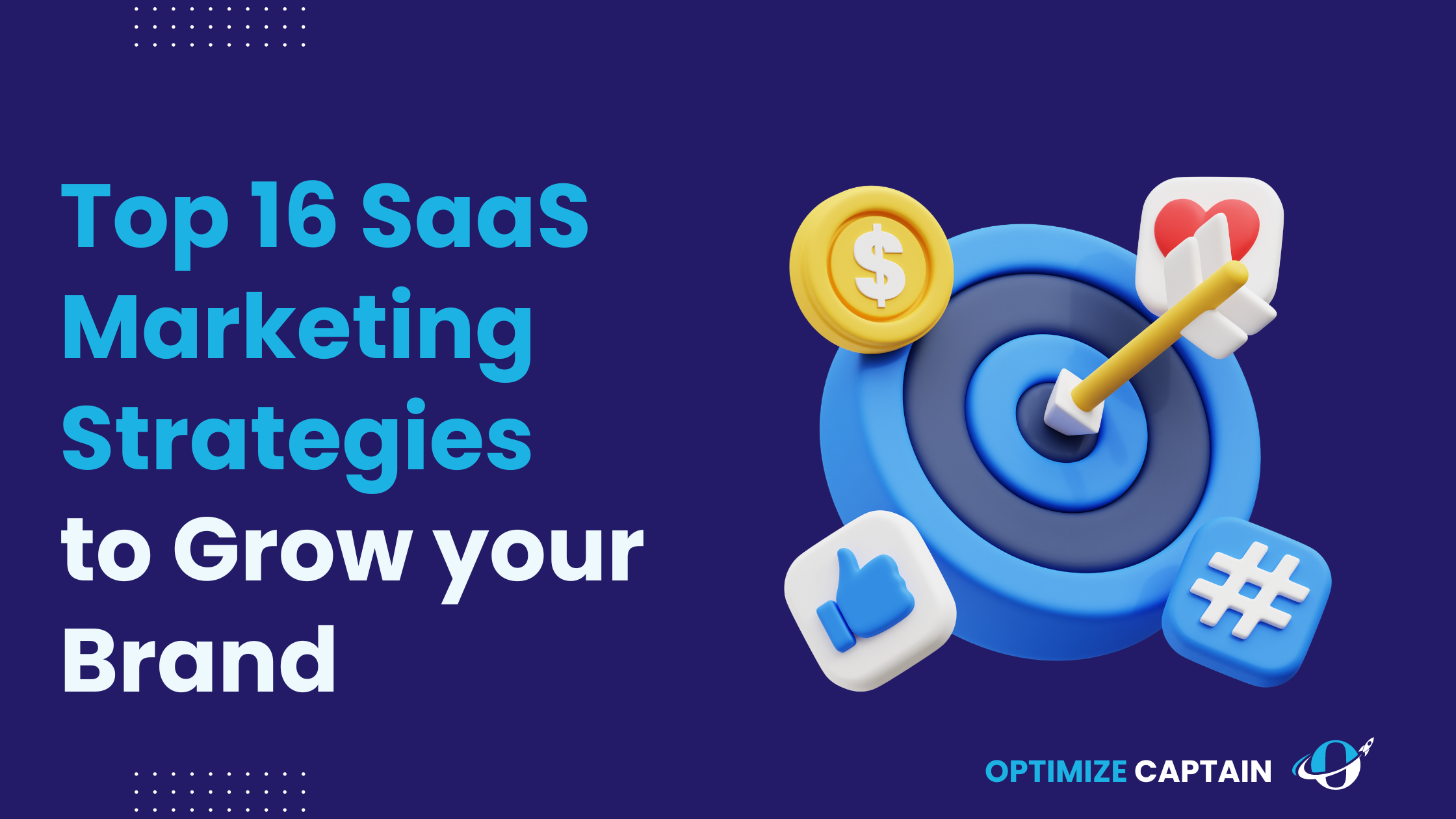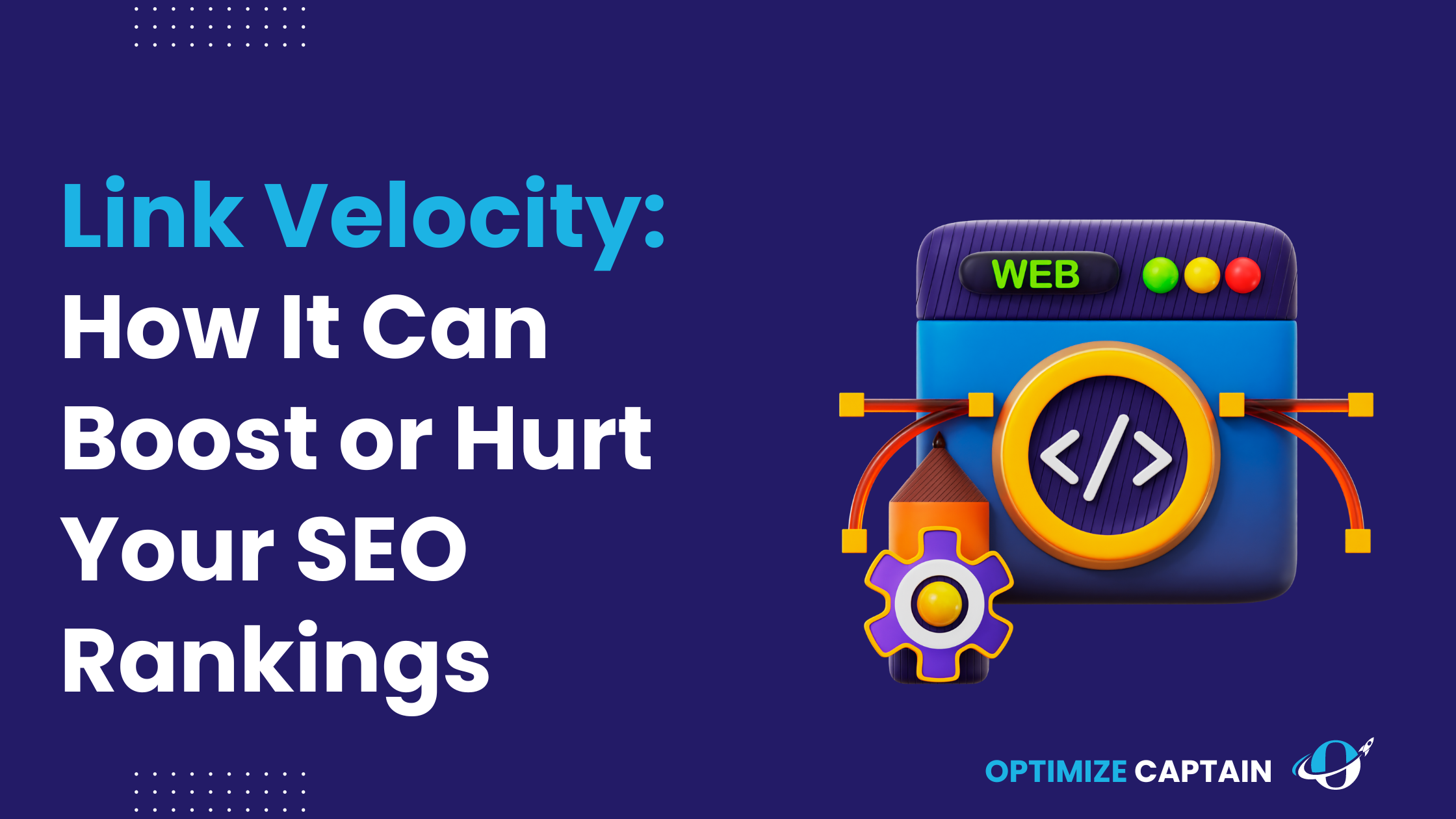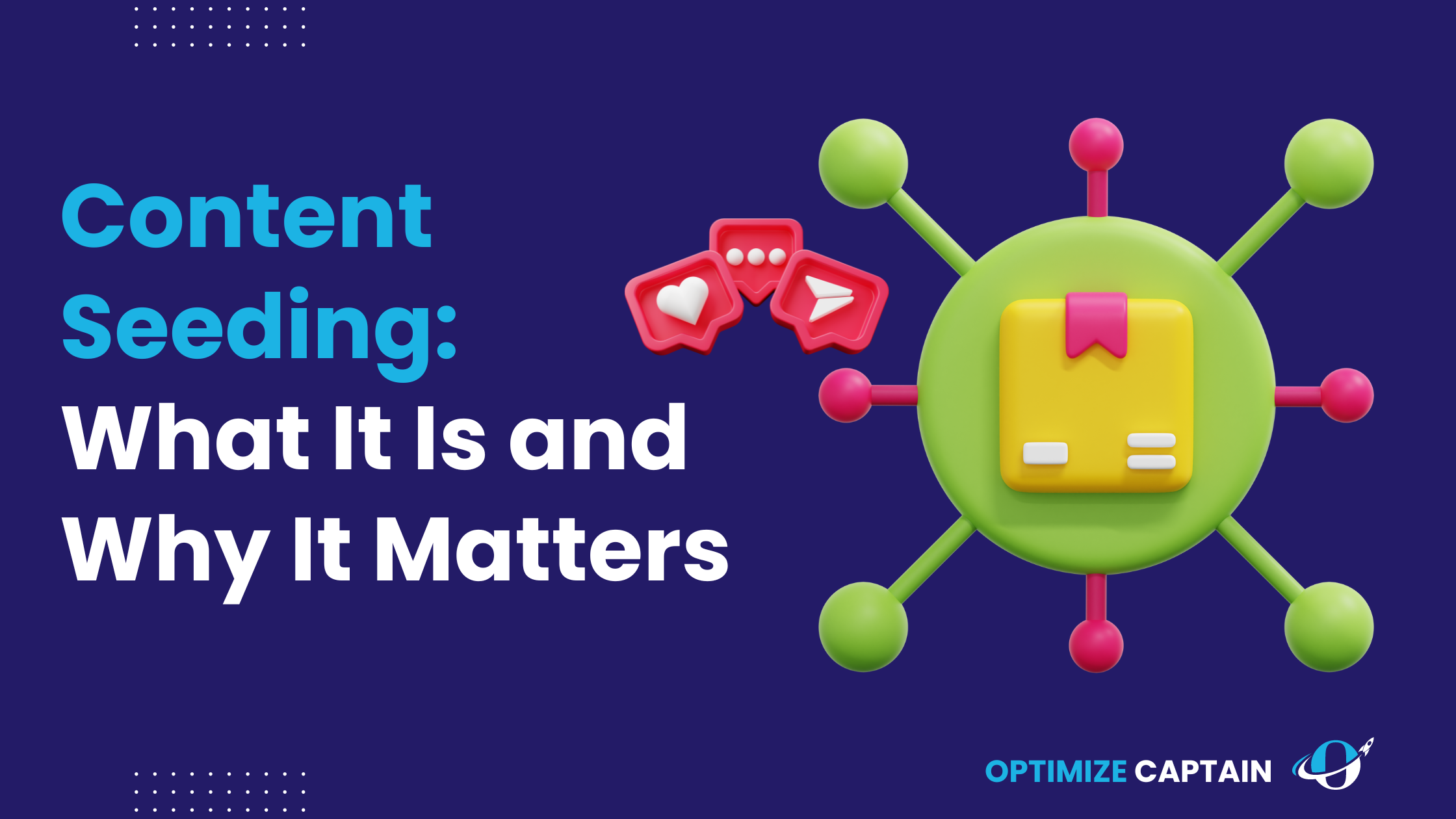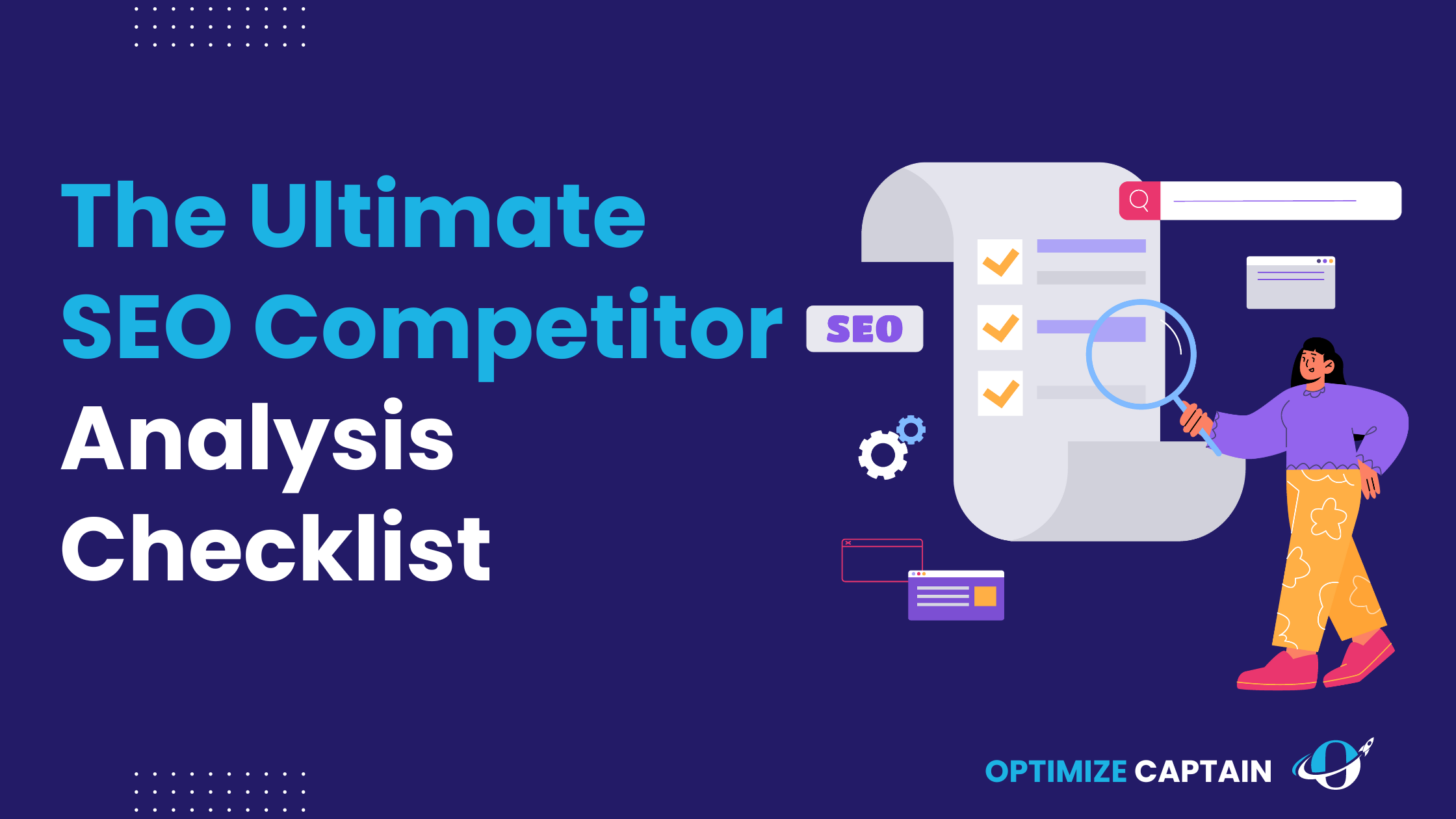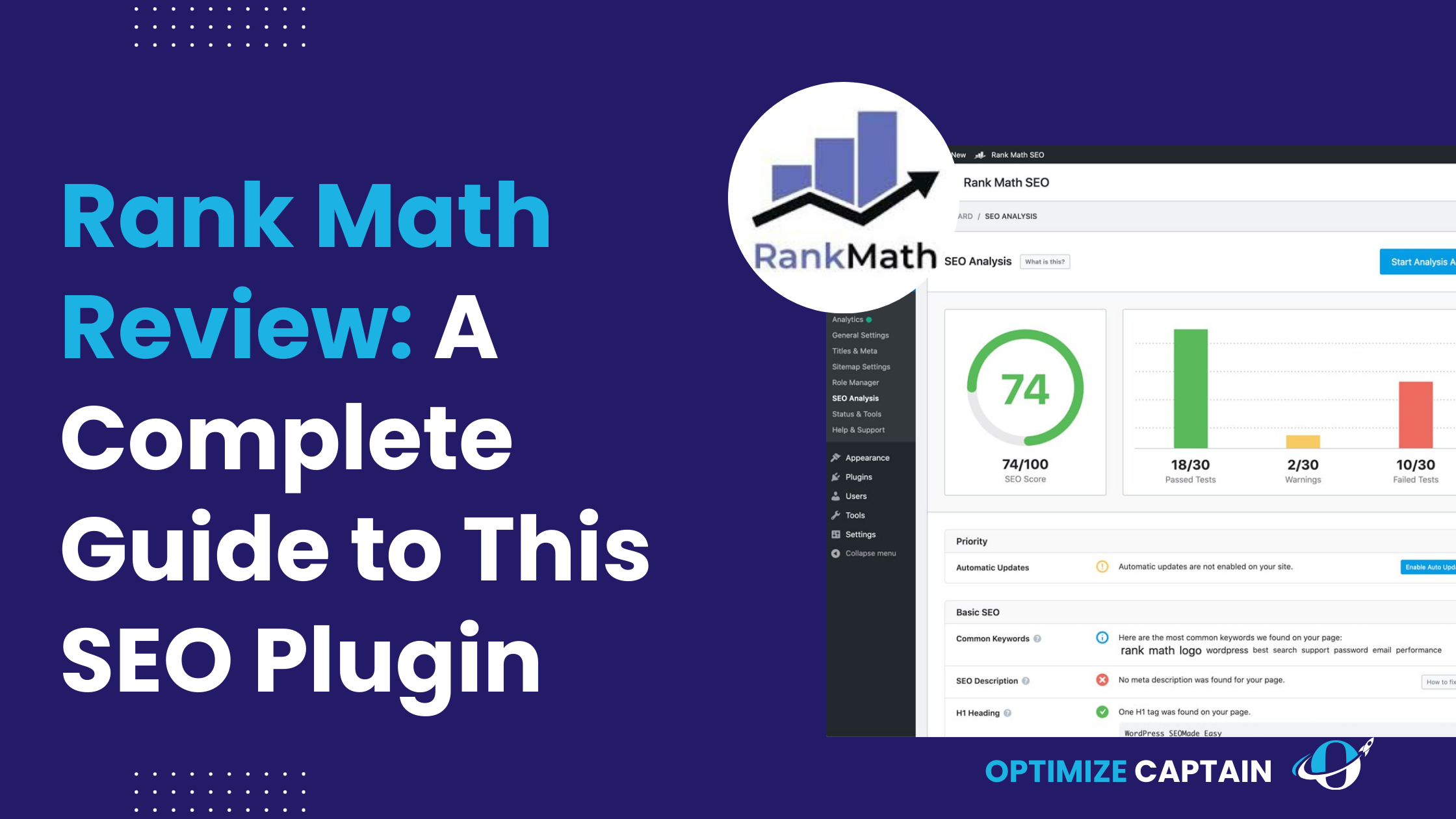Did you know?
The global SaaS market is expected to explode to a whopping $307.3 billion by 2026!
That’s the power of SaaS (Software as a Service), and it’s a huge industry that’s only getting bigger.
But with so many options, how do you make your SaaS product stand out? In this article, we’ll show you 16 SaaS marketing strategies to put your SaaS brand in the spotlight!
Understanding SaaS Marketing
SaaS marketing involves promoting and selling subscription-based software solutions to businesses and consumers. Unlike traditional software, SaaS products are delivered online, making them accessible from anywhere with an internet connection. This model offers continuous value through regular updates and support, making it a preferred choice for many organizations.
How is SaaS Marketing Different?
Here’s what sets SaaS marketing apart:
- Focus on User Acquisition and Retention: Your goal isn’t just a one-time sale; it’s building a loyal customer base that renews their subscriptions.
- Free Trials and Freemium Models: Many SaaS companies offer free trials or freemium plans to entice users and showcase product value.
- Emphasis on Content Marketing: Providing valuable content that educates and solves user problems is crucial for attracting and converting leads.
- Data-Driven Decisions: SaaS marketing relies heavily on analytics to measure performance, optimize campaigns, and personalize user experiences.
How to Develop a SaaS Marketing Plan?
- Define Your Ideal Customer Profile (ICP): Who are you trying to reach? Understanding your target audience is critical for crafting effective marketing messages.
- Set SMART Goals: To track your marketing success, set specific, measurable, achievable, relevant, and time-bound goals.
- Develop a Content Strategy: Create high-quality content, such as blog posts, webinars, and ebooks, that address your ICP’s pain points.
- Leverage Multiple Marketing Channels: Utilize a multi-channel approach that includes SEO, social media marketing, email marketing, and paid advertising.
- Prioritize User Onboarding: Ensure a smooth and positive user experience from signup to successful product adoption.
16 Top SaaS Marketing Strategies in 2024
1. Content Marketing
Overview: Content marketing involves creating and distributing valuable, relevant, and consistent content to attract and retain a clearly defined audience.
Strategies:
- Blog Posts: Publish regular, high-quality blog posts that address your target audience’s common pain points. For example, HubSpot offers a variety of blog articles covering marketing, sales, and customer service.
- Case Studies: Showcase successful implementations of your software to build credibility. For instance, Salesforce uses detailed case studies to demonstrate how their CRM solutions have helped businesses improve their sales processes.
- Whitepapers & eBooks: Create in-depth resources that users can download in exchange for their contact information. This helps generate leads. Marketo’s library of whitepapers is a prime example of this strategy in action.
Tip: Use a content calendar to plan and organize your content. This ensures consistency and helps you cover various topics that address different stages of the buyer’s journey.
2. Search Engine Optimization (SEO)
Overview: SEO involves optimizing your website and content to rank higher in search engine results pages (SERPs), driving organic traffic to your site.
Strategies:
- Keyword Research: Use tools like SEMrush or Ahrefs to identify relevant keywords. Target long-tail keywords with lower competition but high intent. For example, instead of targeting “project management software,” target “best project management software for small businesses.”
- On-Page SEO: Optimize your content, meta tags, and URLs. Ensure your headings, images, and internal links are SEO-friendly. Moz’s on-page SEO guide is a great resource for understanding these tactics.
- Technical SEO: Improve your site’s loading speed, mobile-friendliness, and URL structure. Google’s PageSpeed Insights tool can help identify areas for improvement.
Tip: Regularly update your older content to keep it relevant and maintain its search engine ranking. This could involve updating statistics, adding new information, or improving readability.
Related Read: SaaS SEO Strategy
3. PPC Advertising
Overview: Pay-per-click (PPC) advertising allows you to place ads on search engines and other platforms, paying only when someone clicks on your ad.
Strategies:
- Google Ads: Run targeted ads to capture high-intent search queries. Use ad extensions to provide additional information and improve click-through rates.
- Retargeting: Use retargeting ads to re-engage visitors who have previously interacted with your site but didn’t convert. AdRoll offers robust retargeting solutions.
- Social Media Ads: Leverage platforms like LinkedIn and Facebook to target specific demographics. LinkedIn Ads can be particularly effective for B2B SaaS companies.
Tip: Regularly test different ad copies, headlines, and targeting options. A/B testing helps identify the most effective ad variations, optimizing your ad spend.
4. Email Marketing
Overview: Email marketing involves sending targeted emails to nurture leads and maintain customer relationships.
Strategies:
- Drip Campaigns: Automate emails that guide leads through the sales funnel. HubSpot’s email marketing tools are excellent for creating and managing drip campaigns.
- Personalization: Use customer data to tailor email content. Personalized subject lines and content increase open rates and engagement. For example, Grammarly sends personalized performance summaries to its users.
- Newsletters: Keep your audience informed with regular updates about your product, industry news, and helpful tips. The Moz Top 10 newsletter is a popular example in the SEO industry.
Tip: Segment your email list based on user behaviour, demographics, and engagement levels. This ensures your emails are relevant to each recipient, improving the effectiveness of your campaigns.
5. Social Media Marketing
Overview: Social media marketing involves using social platforms to engage with your audience, share content, and build brand awareness.
Strategies:
- Platform Selection: Focus on platforms where your target audience is most active. LinkedIn, Twitter, and Facebook are popular choices for B2B SaaS companies.
- Engaging Content: Share valuable content, such as tips, tutorials, and industry insights. Canva’s Instagram account is a great example of engaging and visually appealing content.
- Community Building: Foster a sense of community through interactive posts, polls, and discussions. Slack’s community-building efforts on Twitter and their own platform are noteworthy.
Tip: Use social media analytics tools to track engagement, reach, and other key metrics. This data helps refine your social media strategy and improve future posts.
6. Influencer Marketing
Overview: Influencer marketing involves partnering with industry influencers to promote your SaaS product.
Strategies:
- Identify influencers: Use tools like BuzzSumo or LinkedIn to find influencers in your industry. Ensure they have a relevant and engaged following.
- Sponsored Content: Collaborate with influencers to create authentic sponsored content. For example, Hootsuite partners with social media influencers to showcase their social media management tools.
- Webinars: Host joint webinars with influencers to reach a broader audience. This provides value to attendees and positions your brand as a thought leader.
Tip: Ensure that the influencer’s audience aligns with your target market. Authenticity is key; choose influencers who genuinely believe in your product.
7. Referral Programs
Overview: Referral programs incentivize your existing customers to refer new users to your product.
Strategies:
- Incentivize Referrals: Offer rewards, such as discounts, credits, or cash bonuses, to customers who refer new users. Dropbox’s referral program is a classic example, offering extra storage space for both the referrer and the referee.
- Track Performance: Use referral tracking tools to monitor the effectiveness of your program. ReferralCandy and Ambassador are popular referral tracking platforms.
- Promote the Program: Regularly remind your customers about the referral program through emails, in-app notifications, and social media.
Tip: Make the referral process simple and straightforward. Provide clear instructions and easy-to-share referral links to encourage participation.
8. Freemium Model
Overview: The freemium model offers a free version of your product with limited features, encouraging users to upgrade to a paid plan for additional benefits.
Strategies:
- Free Tier: Offer a functional free version that showcases the core features of your product. Slack’s free plan allows teams to experience their collaboration tools before upgrading.
- Upgrade Path: Highlight the benefits of upgrading to a paid plan, such as additional features, higher usage limits, or premium support.
- Customer Support: Provide excellent support to free users to increase the likelihood of conversion. Free users of Trello receive support that helps them see the value in upgrading to Trello Business Class.
Tip: Regularly analyze usage patterns of your free users to identify common pain points and opportunities for upselling.
9. Customer Testimonials & Reviews
Overview: Customer testimonials and reviews build trust and credibility for your SaaS product.
Strategies:
- Collect Testimonials: Gather positive feedback from satisfied customers. Use tools like Trustpilot or G2 Crowd to collect and display reviews.
- Showcase Reviews: Display testimonials and reviews prominently on your website. Zendesk features customer testimonials on their homepage to build trust.
- Leverage Review Sites: Encourage customers to leave reviews on third-party review sites. This increases your product’s visibility and credibility.
Tip: Regularly solicit feedback from your customers. This not only provides valuable testimonials but also helps you improve your product based on customer insights.
10. Webinars and Live Demos
Overview: Webinars and live demos allow you to educate your audience and showcase your product in action.
Strategies:
- Educational Webinars: Host webinars that address industry trends, best practices, or common challenges. HubSpot Academy’s webinars are a great example of providing valuable educational content.
- Product Demos: Offer live demos to showcase your product’s features and benefits. Salesforce frequently hosts live demos to demonstrate their CRM capabilities.
- Q&A Sessions: Include Q&A sessions in your webinars to address potential customers’ questions and concerns.
Tip: Record your webinars and make them available on-demand. This allows users who couldn’t attend live to benefit from the content.
11. Product Trials
Overview: Offering free trials allows potential customers to experience your product firsthand before purchasing.
Strategies:
- Free Trials: Offer a trial period during which users can access all features of your product. For example, Adobe Creative Cloud offers a 7-day free trial for their suite of design tools.
- Trial Support: Provide dedicated support during the trial period to ensure a positive experience. Intercom offers extensive resources and support to trial users.
- Follow-Up: Follow up with trial users to gather feedback and encourage conversion. Use email campaigns to remind users of the trial’s benefits and how to make the most of it.
Tip: Use in-app messaging to guide trial users through key features and help them experience the product’s value quickly.
12. Partner Marketing
Overview: Partner marketing involves forming strategic partnerships with complementary businesses to reach a wider audience.
Strategies:
- Strategic Partnerships: Form partnerships with businesses that offer complementary products or services. For example, Xero, an accounting software, partners with various financial services and apps to provide integrated solutions.
- Co-Marketing Campaigns: Collaborate on joint marketing campaigns to leverage each other’s audience. HubSpot and LinkedIn have partnered on several co-marketing initiatives, including webinars and ebooks.
- Affiliate Programs: Create an affiliate program to incentivize partners to promote your product. Shopify’s affiliate program rewards partners for referring new merchants to their platform.
Tip: Ensure that your partners’ audience aligns with your target market. A well-aligned partnership can significantly amplify your reach and impact.
13. User-Generated Content (UGC)
Overview: User-generated content involves encouraging your customers to create and share content related to your product.
Strategies:
- Encourage UGC: Motivate your customers to share their experiences with your product on social media. Adobe encourages users to share their creations using the hashtag #AdobeDesign.
- Feature UGC: Showcase user-generated content on your website and social media channels. GoPro frequently shares videos and photos created by their customers and has a webpage dedicated to showing the best content generated by their customers.
- Run Contests: Organize contests and challenges to encourage UGC creation. For example, Buffer runs social media contests that encourage users to share their stories using Buffer’s tools.
Tip: Make it easy for customers to share their content by providing clear guidelines and incentives. Recognize and reward the best contributions to keep the momentum going.
14. Customer Success Programs
Overview: Customer success programs focus on ensuring that your customers achieve their desired outcomes using your product.
Strategies:
- Onboarding: Develop a comprehensive onboarding program to help new users get started. Asana’s onboarding process includes guided tours and tutorials to help users become productive quickly.
- Customer Training: Offer training resources, including tutorials, workshops, and certifications. HubSpot Academy offers extensive training resources for its users.
- Success Managers: Assign customer success managers to high-value accounts to ensure they achieve their goals. Gainsight provides customer success software that helps manage these relationships.
Tip: Regularly check in with your customers to understand their needs and challenges. Proactive support helps prevent issues before they arise and increases customer satisfaction.
15. Data-Driven Marketing
Overview: Data-driven marketing involves using analytics and customer insights to inform your marketing strategies and decisions.
Strategies:
- Analytics Tools: Use tools like Google Analytics, Mixpanel, or Amplitude to track and analyze your marketing performance. These tools provide insights into user behavior, traffic sources, and conversion rates.
- A/B Testing: Conduct A/B tests to optimize your marketing campaigns. Test different variations of your emails, landing pages, and ads to identify the most effective elements. Optimizely is a popular platform for A/B testing.
- Customer Insights: Gather insights from customer data to inform your marketing strategy. Use CRM systems like Salesforce or HubSpot to manage and analyze customer interactions.
Tip: Regularly review your analytics and adjust your strategies based on the data. Continuous improvement based on data insights helps you stay ahead of the competition.
16. Account-Based Marketing (ABM)
Overview: Account-Based Marketing (ABM) is a strategic approach that focuses on targeting high-value accounts with personalized marketing campaigns, aiming to drive engagement and conversions.
Strategies:
- Identify Target Accounts: Use data and analytics to identify high-value accounts that are most likely to benefit from your product. Tools like LinkedIn Sales Navigator can help identify and segment these accounts.
- Personalized Content: Create customized content tailored to the specific needs and pain points of each target account. For example, HubSpot provides personalized solutions and case studies for different industries and company sizes.
- Multi-Channel Engagement: Engage with target accounts across multiple channels, including email, social media, and direct mail. Outreach.io offers multi-channel sales engagement tools that can enhance your ABM efforts.
- Sales and Marketing Alignment: Ensure close collaboration between your sales and marketing teams to create cohesive and effective campaigns. This involves joint planning, shared goals, and regular communication.
Tip: Use ABM platforms like Terminus or Demandbase to manage and optimize your campaigns. These platforms provide tools for account selection, personalization, and performance tracking, ensuring your ABM efforts are data-driven and effective.
A great example of ABM in action is Salesforce’s approach to targeting large enterprises. Salesforce creates highly personalized content and campaigns tailored to the unique needs of each target account. They use a combination of personalized emails, custom landing pages, and direct mail to engage with decision-makers at these companies. This focused approach has helped Salesforce secure large contracts with Fortune 500 companies, demonstrating the power of ABM in driving high-value deals.
SaaS Marketing Strategy Example: Canva
Canva, a popular graphic design tool, is a prime example of successful SaaS marketing.
Here’s how Canva implements various strategies to dominate the market:
- Freemium Model: Canva offers a free tier with basic features, attracting a large user base.
- Content Marketing: Their blog and design school provide valuable content to educate users.
- SEO: Canva ranks high on search engines for various design-related keywords. For example, if you search for any design term, like “poster template,” you’ll likely find Canva at the top of the results.
- Social Media Marketing: Canva’s social media presence is strong, and its engaging content resonates with its audience.
- Referral Programs: Canva incentivizes users to refer others, driving organic growth.
- Product Trials: Canva Pro offers a 30-day free trial, encouraging users to experience premium features.
Conclusion
Effective SaaS marketing is essential to standing out in the SaaS industry and driving business growth. By implementing these 16 strategies, you can attract, engage, and retain customers, ultimately skyrocketing your brand’s success. Whether through content marketing, SEO, or customer success programs, each strategy is crucial in building a robust SaaS marketing plan.
FAQ’s
1. What is SaaS in marketing strategy?
SaaS in marketing strategy refers to promoting and selling subscription-based software services online, focusing on attracting and retaining customers through digital channels.
2. What is B2B SaaS marketing?
B2B SaaS marketing targets businesses, promoting software solutions that address specific business needs and challenges.
3. How can SaaS marketing benefit my business?
SaaS marketing helps increase brand visibility, attract and retain customers, and generate recurring revenue through subscription-based models.
4. What is the importance of customer onboarding in SaaS marketing?
Customer onboarding ensures new users understand how to use your product, leading to higher satisfaction and reduced churn rates.
5. How can I measure the success of my SaaS marketing efforts?
You can measure success through key metrics such as customer acquisition cost (CAC), customer lifetime value (CLV), churn rate, and conversion rates.

